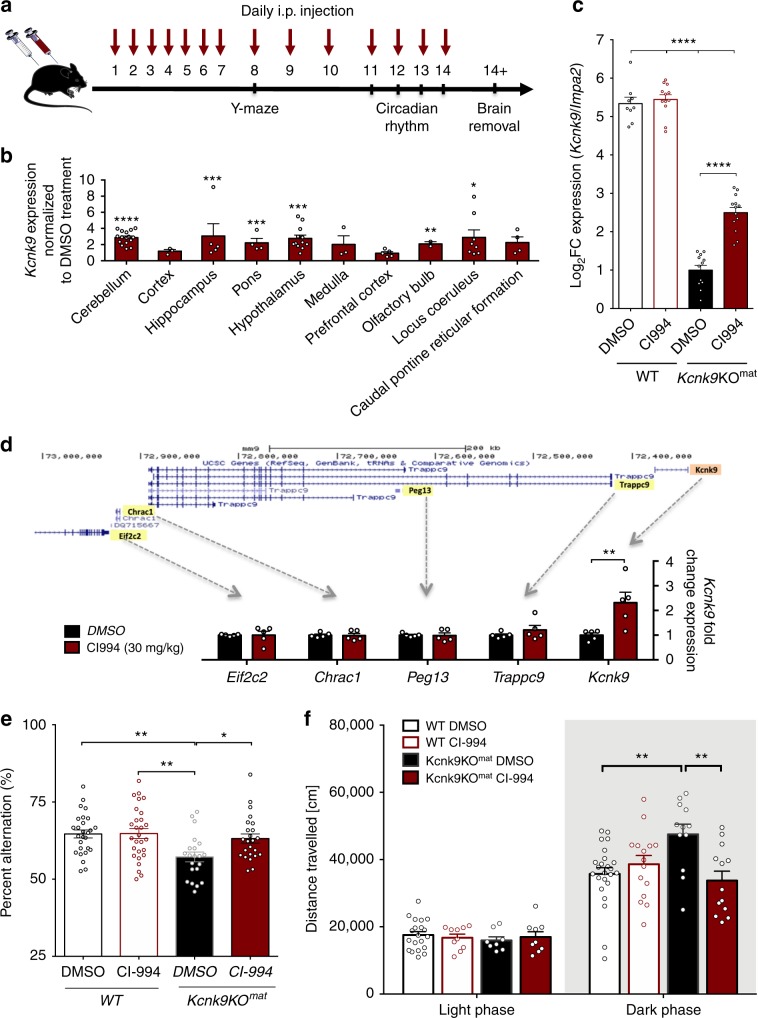Fig. 5. Effects of CI-994 histone deacetylase inhibitor treatment in vivo.
a Experimental design of the mouse study. CI-994 or DMSO was intraperitoneally injected. b Significant upregulation of Kcnk9 after CI-994 treatment in several brain regions normalized to DMSO treatment, Mann–Whitney U test. Regions from left to right, DMSO/CI-994, n = 12/13; 6/9; 12/14; 7/8; 9/12; 6/6; 9/9; 6/6; 7/8 and 7/4. c Upregulation of Kcnk9 in the cerebellum of CI-994-treated Kcnk9KOmat mice (n = 13), but not of CI-994-treated WT mice (n = 12), each compared with DMSO-treated Kcnk9KOmat (n = 12) and WT mice (n = 9). Two-way ANOVA and subsequent Bonferroni’s multiple comparisons test, ****P < 0.0001 (all comparisons except DMSO:WT vs. CI-994:WT). d RT-qPCR expression analysis of known genes in the imprinting cluster on mouse chromosome 15. CI-994 treatment (30 mg CI-994/kg body weight) did not affect expression of Trappc9, Peg13, Chrac1, and Eif2c2 in the hippocampus of Kcnk9KOmat mice. Significant increase of Kcnk9 expression after CI-994 treatment, n = 5, P = 0.0079, Mann–Whitney U test. e Y-maze percentage alteration was examined for DMSO-treated WT mice (n = 20), CI-994-treated WT mice (n = 18), DMSO-treated Kcnk9KOmat mice (n = 21) and CI-994 treated Kcnk9KOmat (n = 24) mice. CI-994 or DMSO-treated WT mice and CI-994-treated Kcnk9KOmat mice did not exhibit deficits in working memory. CI-994-treated Kcnk9KOmat mice showed a significant increase in percent spontaneous alteration compared with DMSO-treated Kcnk9KOmat mice. Two-way ANOVA, Tukey post hoc test, *P < 0.05, **P < 0.01. f Distance traveled in the home cage in light (12 h) phase (left section) and the dark (12 h) phase (right section). No differences between DMSO-treated WT (n = 20), CI-994-treated WT (n = 10), DMSO-treated Kcnk9KOmat (n = 8) and CI-994-treated Kcnk9KOmat (n = 9) mice in the distance traveled in the light phase were detected. DMSO-treated Kcnk9KOmat (n = 12) mice displayed a significant increase of nocturnal activity compared with DMSO-treated WT mice (n = 24) and CI-994-treated Kcnk9KOmat (n = 13) mice as well as a visible, but not significant increase of nocturnal activity compared with CI-994-treated WT mice (n = 15). Two-way ANOVA, Bonferroni’s post hoc test, **P < 0.01. b–f n = sample or data arising from biologically independent animals. e, f Behavioral experiments were performed in nine independent sessions. b–e Values are means ± SEM (±indicates the standard error). Statistical analyses and approaches are provided in Supplementary Table 1. Source data are provided as a Source Data file. The mouse image in this figure was created using Servier Medical Art templates, which are licensed under a Creative Commons Attribution 3.0 Unported License; https://smart.servier.com.

